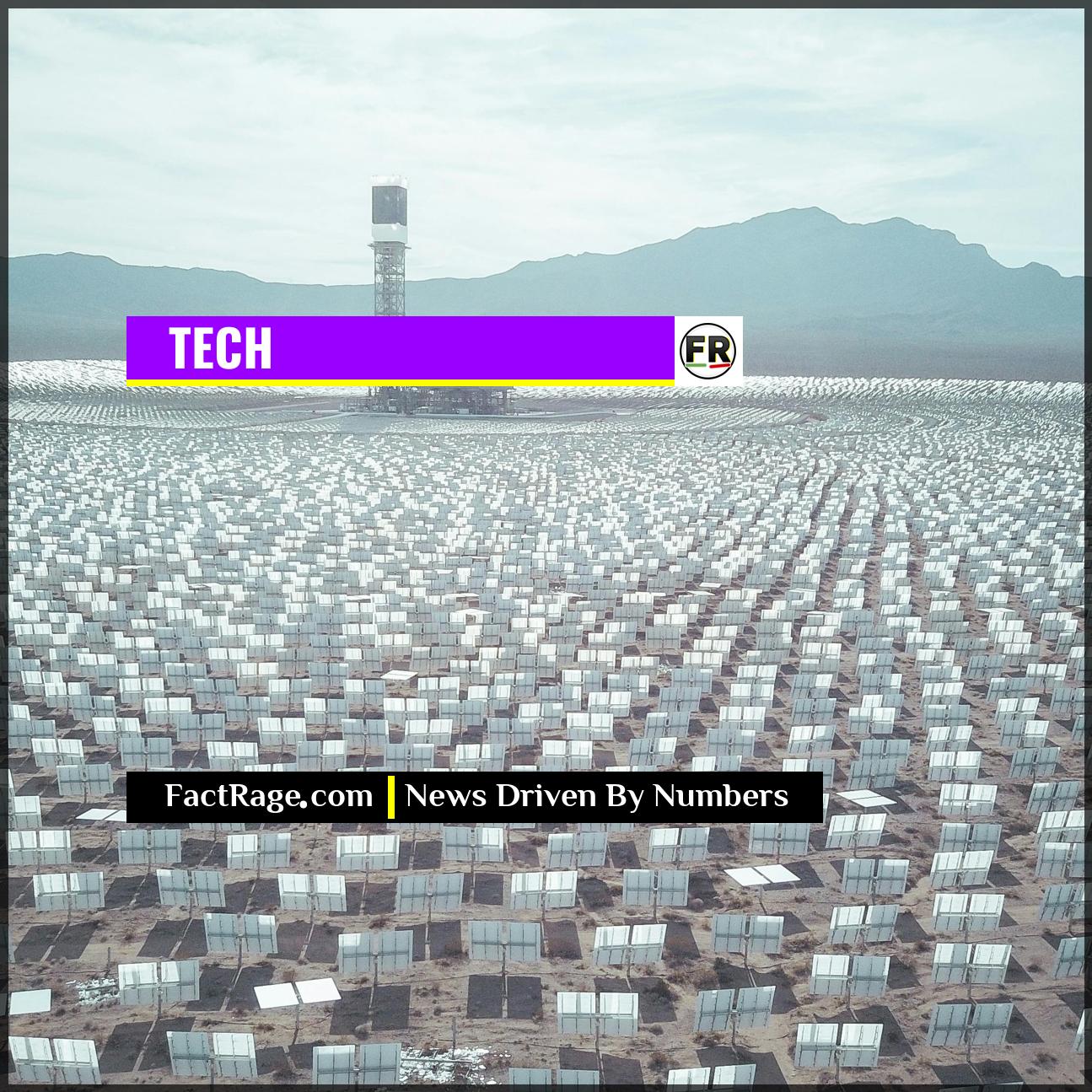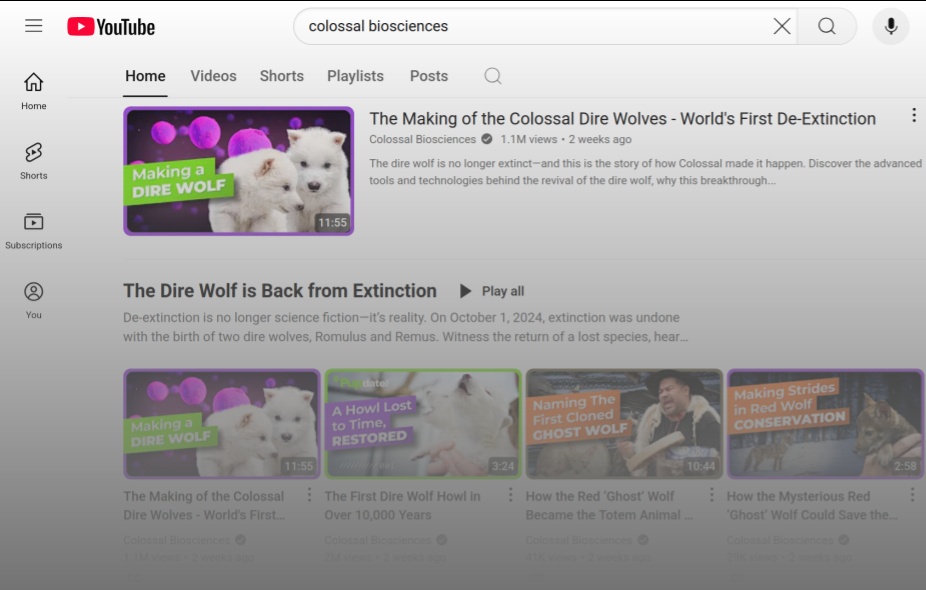NATIONWIDE – Financial commentator Kyla Scanlon continues to shape economic discourse with a unique communication style that merges complex data with cultural trends, most famously captured by her term “vibecession.”
- Defining ‘Vibecession’ – Scanlon coined the term in mid-2022 to describe a widespread negative public perception of the economy despite strong macroeconomic data points like low unemployment.
- A New Media Model – Her influence is driven by a multi-platform strategy using Substack, TikTok, and YouTube to deliver financial analysis to a younger demographic often unreached by traditional media.
- Data-Driven Narrative – While known for catchy phrases, her analysis is rooted in economic data, focusing on explaining the “why” behind financial trends, Federal Reserve policy, and market behavior.
Scanlon’s ability to capture the economic zeitgeist with a single word has made her a prominent and scrutinized voice in a crowded field of financial commentary. This has led many to ask: what is the substance behind the style, and what does her rise signal for the future of financial communication?
Quantifying the Vibe: The Financials Behind the Feeling
![]() In financial markets, sentiment has always been a powerful, if intangible, asset. The term ‘vibecession’ successfully packaged this sentiment for a new generation, but its lasting value hinges on the underlying economic data. A compelling narrative can move markets and minds, but a rigorous analysis must always follow the numbers. This examination separates the catchy phrase from the core financial indicators to understand its true significance.
In financial markets, sentiment has always been a powerful, if intangible, asset. The term ‘vibecession’ successfully packaged this sentiment for a new generation, but its lasting value hinges on the underlying economic data. A compelling narrative can move markets and minds, but a rigorous analysis must always follow the numbers. This examination separates the catchy phrase from the core financial indicators to understand its true significance.
Read On…
Here’s a data-driven breakdown of how Kyla Scanlon’s model works, the economic substance behind her analysis, and what her rise signals for the future of financial media.
Why ‘Vibecession’ Captured the Economic Mood

The term “vibecession” entered the lexicon in June 2022 from one of Scanlon’s newsletters. It was coined to diagnose a peculiar economic moment: on paper, the U.S. economy showed signs of robustness, yet public sentiment was overwhelmingly pessimistic.
At the time, the data presented a conflicting picture. The U.S. unemployment rate was at a historically low 3.6%, and job growth remained strong. However, the Consumer Price Index (CPI) had surged to a 40-year high of 9.1% year-over-year by June 2022, eroding wage gains and driving up the cost of living. Scanlon’s term gave a name to this disconnect. It argued that while metrics like GDP and unemployment were stable, the “vibe”—the lived, day-to-day financial reality and anxiety of consumers—felt like a recession. The concept resonated so broadly that it was soon covered by major news outlets and acknowledged by economic policymakers as a genuine communications challenge.
How a New Model for Financial News Was Built
Scanlon’s influence isn’t just about coining a term; it’s about the business model she represents within the creator economy. Unlike traditional financial journalists who typically work within a single large institution, Scanlon operates a decentralized, multi-platform brand. Her content ecosystem includes in-depth written analysis on Substack, short-form explanatory videos on TikTok, and longer deep-dives on YouTube.
This approach allows her to tailor the complexity of her message to the platform and audience. A TikTok video might use a popular meme to explain an interest rate hike in 60 seconds, while a Substack article provides pages of charts and nuanced analysis on the same topic. This strategy has proven particularly effective at engaging Millennial and Gen Z audiences, who are often skeptical of legacy financial institutions and consume information primarily through social media. Her method bypasses traditional gatekeepers, creating a direct line to a new generation of investors and financially-curious individuals.
Analyzing the Substance Behind the Catchy Terms
A key question for any financial analyst is whether the narrative is backed by numbers. While Scanlon’s delivery is modern, her underlying work is consistently grounded in established economic data. Her analysis frequently delves into Federal Reserve statements, Bureau of Labor Statistics reports, and corporate earnings calls. The “vibecession” was not a dismissal of data but an observation about its limitations in capturing the full human experience of an economy.
Critics of this new wave of financial communication might point to the potential for oversimplification or the lack of formal peer review that characterizes academic economics. However, Scanlon’s objective appears to be public financial literacy rather than academic debate. By translating dense, often inaccessible economic concepts into understandable narratives, she fills a critical gap. Her work doesn’t replace rigorous financial analysis; it serves as an entry point, making the broader economic conversation more accessible to a public that is increasingly required to make complex financial decisions.
The Bottom Line on Financial Communication
![]() The rise of financial communicators like Kyla Scanlon signals a durable shift in the market for economic analysis, not merely a fleeting social media trend. Her success demonstrates a clear demand from a new generation for financial intelligence that is not only data-driven but also digitally native and culturally fluent. As this creator-led model matures, the key metric for its long-term value will be its ability to translate online engagement into tangible financial literacy. For legacy institutions, this represents a crucial data point on the evolving business of financial information.
The rise of financial communicators like Kyla Scanlon signals a durable shift in the market for economic analysis, not merely a fleeting social media trend. Her success demonstrates a clear demand from a new generation for financial intelligence that is not only data-driven but also digitally native and culturally fluent. As this creator-led model matures, the key metric for its long-term value will be its ability to translate online engagement into tangible financial literacy. For legacy institutions, this represents a crucial data point on the evolving business of financial information.













